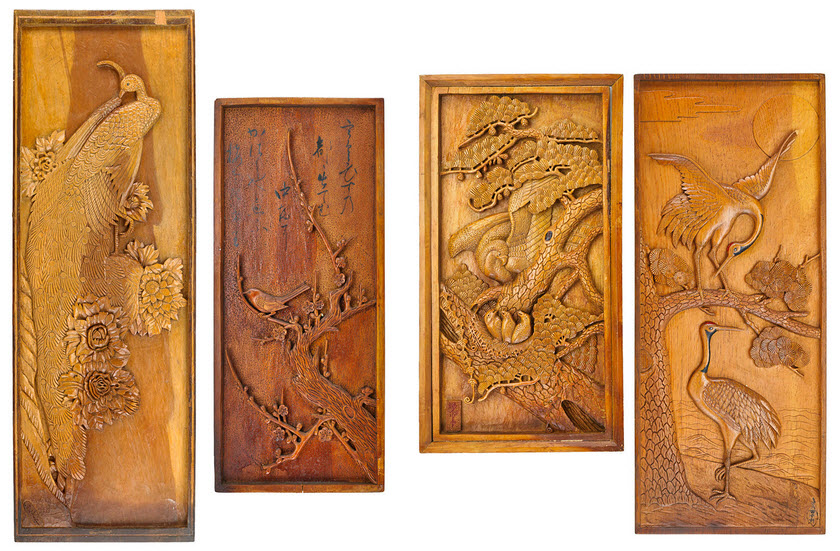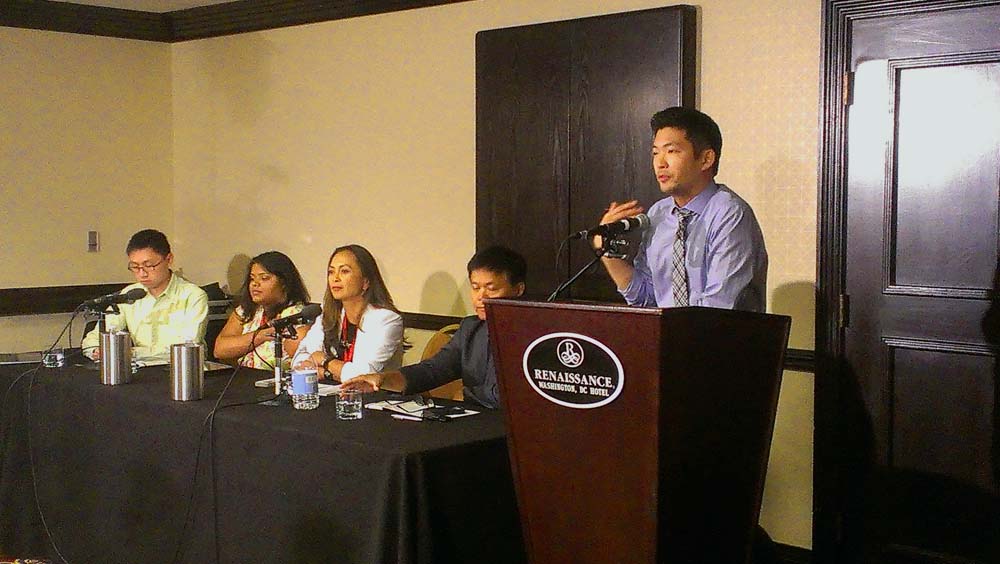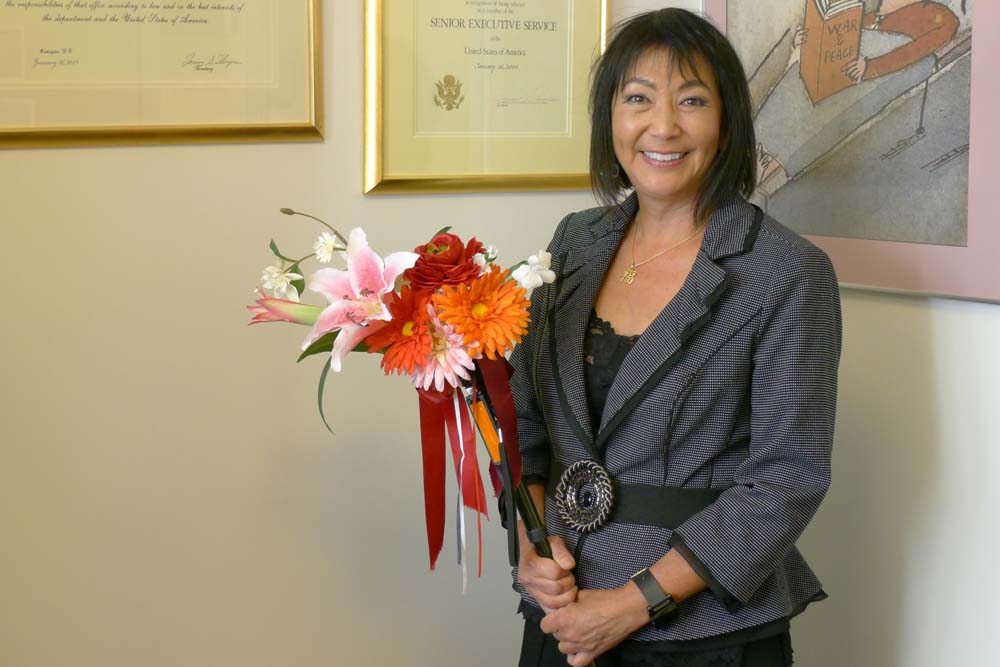
Hand-carved wood panels made in Amache in Colorado during WWII. These were among the items that would have been auctioned. Here’s a link to the announcement on JANM’s website.
UPDATE MAY 3, 2015:T he Japanese American National Museum announced last night at a gala fundraising honoring George Takei (who’s a JANM board member as well as a community activist) that with Takei’s help, the museum will take in the collection of Japanese American concentration camp artifacts that were originally slated to go to public auction. This is great news, and a brilliant public relations move by JANM and its CEO, Greg Kimura. When can we expect to see the “Eaton Collection Exhibit?” Here’s the Facebook Page, “Japanese American History: NOT for Sale,” with announcements and reactions from the community.
I’ve watched the news in horror as ISIS forces have systematically destroyed ancient mosques, temples, artwork and artifacts in their zealous pursuit of religious absolutism. It’s patently offensive to me that there could be such callous disregard for an entire civilization’s recorded and preserved history.
Compared to such crimes against humanity, some people might think that the auction of a personal collection of artifacts from the imprisonment of Japanese Americans during World War II must be a minor controversy.
But the auction, which was to be held April 17, was canceled two days before, following an ad-hoc social media campaign and mainstream media coverage that was sparked by outraged Japanese Americans, was not a minor controversy.
It blew up into a big deal. A Facebook page named “Japanese American History: NOT for Sale” gained almost 7,000 followers after it was created on April 9. A Change.org online petition created just a few days before the auction got almost 8,000 people signed on.
Continue reading














